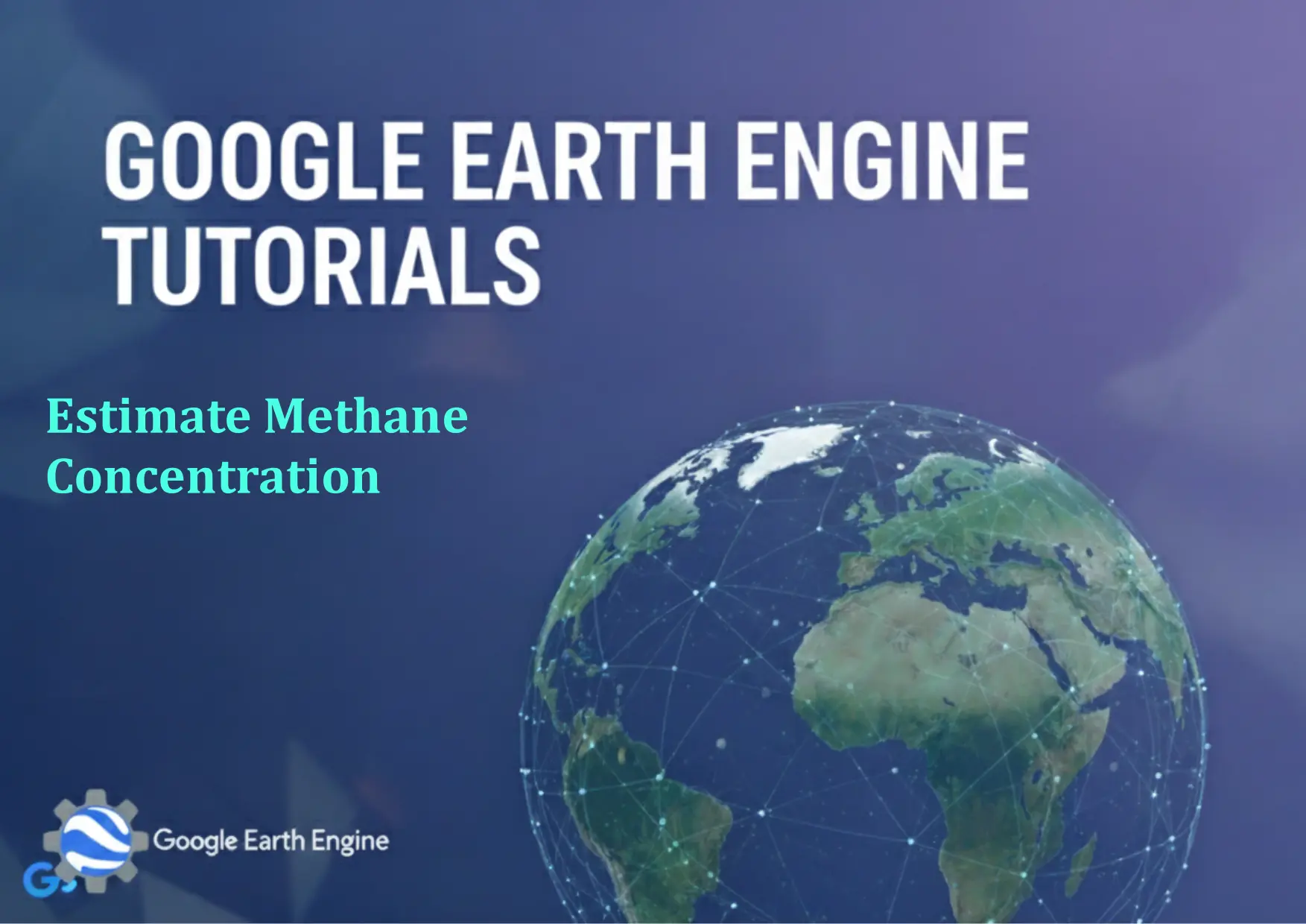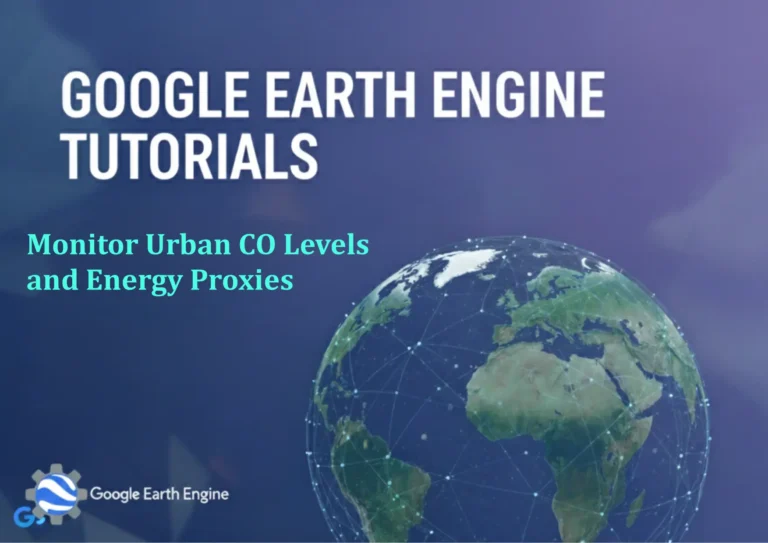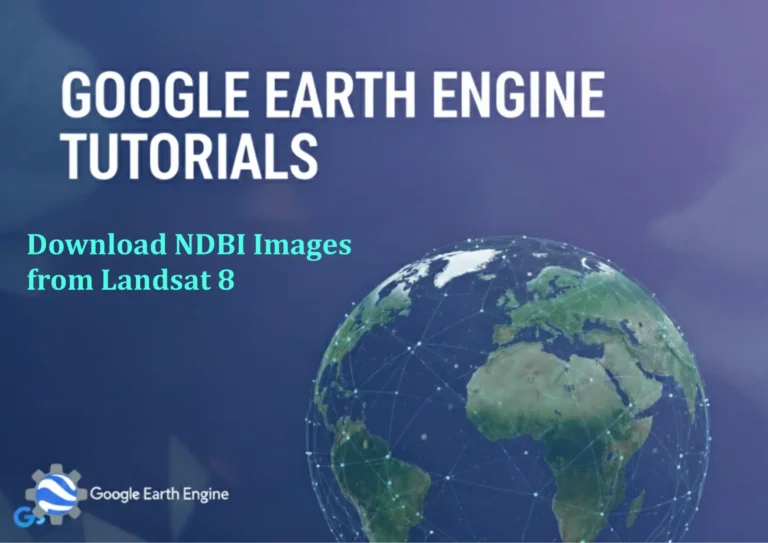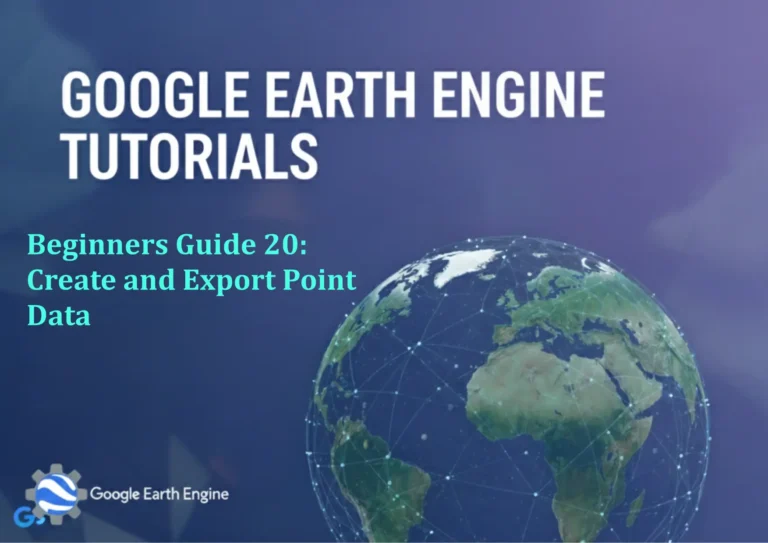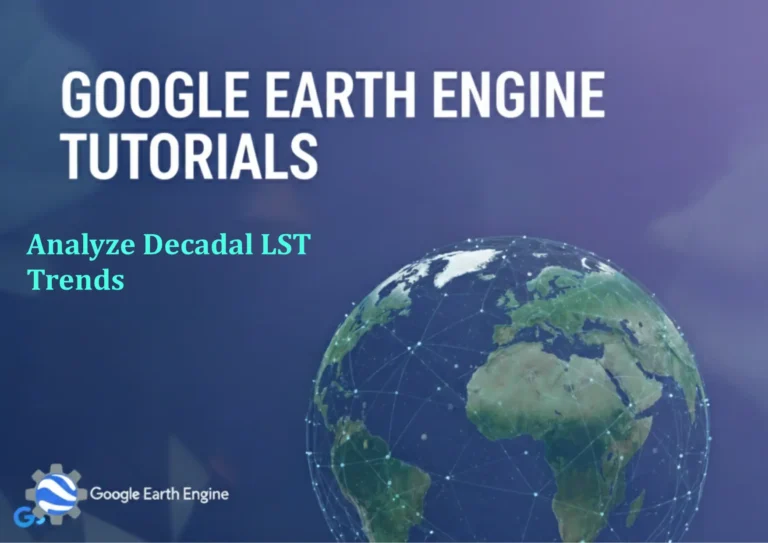Google Earth Engine Tutorial: Estimate Methane Concentration
Credit: Youtube Channel “Terra Spatial, Tutorial on estimating methane concentration for specific study areas and performing time series analysis.”
You can see all the tutorials from here: Techgeo Academy.
Introduction
Methane (CH₄) is a potent greenhouse gas with significant environmental impacts. Google Earth Engine (GEE) offers powerful tools to analyze satellite data for estimating methane concentrations. This tutorial guides you through key steps to leverage GEE for this purpose, using publicly available datasets and JavaScript API.
Prerequisites
- An active Google account
- Google Earth Engine API access
- Familiarity with JavaScript and basic GIS concepts
- Access to the GEE Code Editor (code.earthengine.google.com)
Overview of Methane Monitoring in Google Earth Engine
Methane monitoring in GEE typically involves using satellite datasets such as:
- TROPOMI (Sentinel-5P) for high-resolution methane data
- MOPITT (EOS Terra) for long-term trends
- OCO-2 (Orbiting Carbon Observatory-2) for atmospheric measurements
These datasets provide column-averaged methane concentrations (XCH4) and can be processed for regional or global analysis.
Steps to Estimate Methane Concentration
1. Load and filter the dataset by selecting a relevant methane product (e.g., TROPOMI).
2. Define your study area using a GeoJSON geometry or a predefined region.
3. Preprocess data by applying masks (e.g., cloud cover, instrument quality) and resampling if needed.
4. Calculate statistics (e.g., mean, median) for the selected area and timeframe.
5. Visualize results using GEE’s mapping tools or export them as GeoTIFF or CSV files.
Example code for TROPOMI methane data:
var methane = ee.ImageCollection('COPERNICUS/S5P/O3');
var region = ee.Geometry.Rectangle([10, 20, 20, 30]); // Example coordinates
var filtered = methane.filterDate('2023-01-01', '2023-12-31')
.filterBounds(region);
var meanMethane = filtered.select('CH4_column').mean();
Map.addLayer(meanMethane, {min: 1.8, max: 2.2}, 'Mean Methane Concentration');FAQ
What datasets are available for methane estimation in GEE?
Common datasets include TROPOMI, MOPITT, and OCO-2. Each provides different spatial, temporal, and spectral resolutions.
Is there a built-in model for methane concentration in GEE?
No, GEE does not include a specific methane model. Instead, you use existing datasets and apply custom analysis.
How accurate are methane estimates from GEE?
Accuracy depends on the dataset. TROPOMI, for example, provides high accuracy but may require calibration for specific applications.
Can I process multiple datasets simultaneously?
Yes, GEE supports multi-dataset analysis using Image Collections and merging approaches for cross-validation.
Is Google Earth Engine free to use for methane research?
Yes, GEE offers free access for academic, non-commercial, and limited commercial use. Premium datasets or compute time may require billing.

